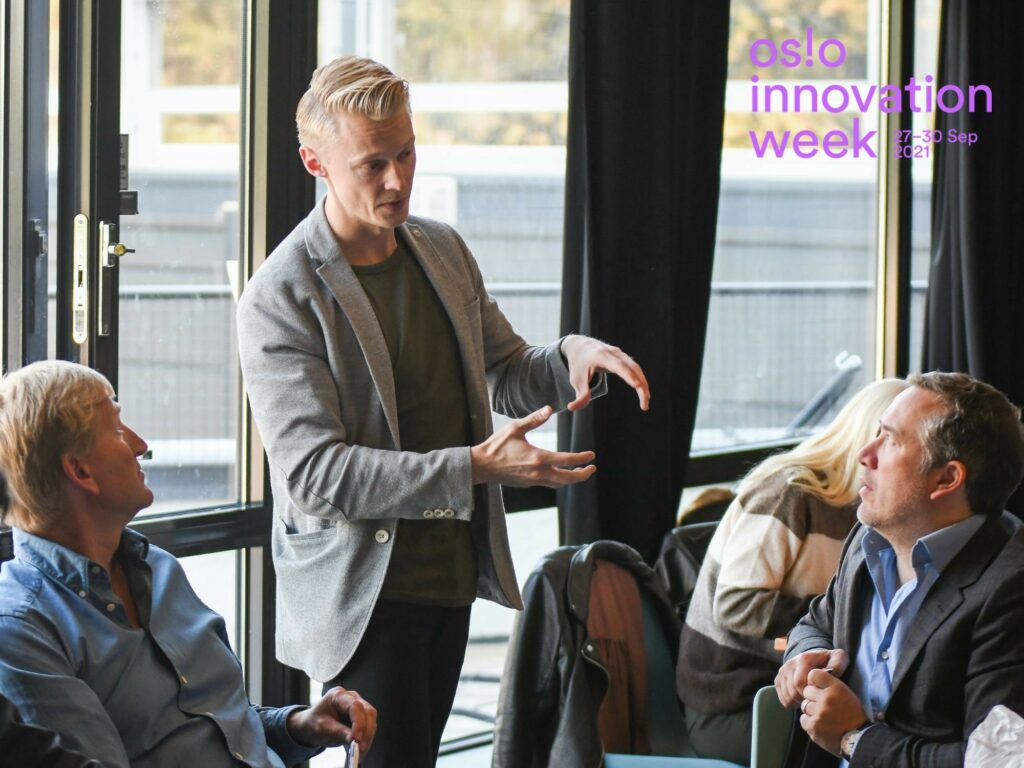How to move from product sales to service business?
Transforming businesses from product sales to service models is a hot topic for many companies right now, but how to actually do this in practice? As our ambition at LOOP is to get circular business models on the market, we want to share learnings from the ones who have already taken the path. We asked Anna-Kaisa Huttunen from Lindström, Johanna Sarviharju from Reima and Pertti Pigg from Beely to share their learnings at our Avanto LAB event and gathered the key learnings from the discussion for you.
Lindström, a 170 year old textile service company, has succeeded in their business transformation several times over the years. They started from dying fabrics and continued to offering laundry services. And today Lindström is most known for their workwear and restaurant & hotel textiles service models, making it obvious to turn to Lindström when looking for successful benchmarks for the service business.
A completely different perspective to the topic comes from Beely, a used car rental platform founded in 2019. They jumped over the whole product phase and dived directly into service business. Together with their partner network, Beely offers a fixed price turnkey service for their customers, where the monthly rent rates include for example maintenance and insurance for the cars.
Reima, a leading brand in functional kids’ wear, started the shift towards service business in their product oriented company last year, when they added a new service model on top of their existing business. They launched Reima Kit, a service that delivers seasonal clothing to your home with a fixed monthly fee.
So what are the main reasons for shifting from product to service business? The service models provide many benefits compared to traditional linear models and the grounds for shifting your business may vary depending on the company. However there are some that our three experts believe applies to all companies. That is:
- Creating more value to your customers and partners and thus strengthening customer loyalty and experience.
- The service models create new revenue streams for your company
- Product as-a-service is one of the five circular business models and thus, a better option from the sustainability point of view

3 key learnings - moving from product to service sales
1. Have the courage to jump into unknown
When creating a completely new approach for your company, the key success factor is to have the courage to jump into the unknown. It is important to understand throughout the company that the results most likely are not visible right away, but rather it is a process that will need constant iteration. This is why starting small and testing hypotheses is the right way to go.
To be able to succeed in this, a change in the business culture is usually needed. Lindström is a great example of this as they have gone through several changes in their business models and services and have always made sure that their employees feel included and understand the new business models and customer centric approach.
2. Choose your team and partners carefully
To get things going you always need to find the enthusiastic and devoted people in the company to drive the change. The business logic for service models is very different from product sales, so make sure you have the needed competence in your team, whether it is internal or external.
Service business models can rarely be done alone, so besides gathering the winning team to build the service, finding the right partners is also vital. For Beely, their partners, including the car dealers, financing institutions and insurance companies, play a key role in their service offering, which made it essential to engage the partners early on when planning the new service. For being part of the Beely service, the partners gain access to new types of knowledge, new customers & sales channels.
3. Include the customers in the development process from the beginning
There is no point in creating a service for which there is no demand for. This is why it is crucial to include customers in the development of your service from very early on. This might feel scary as you are most likely used to launching products that are 100% ready. But getting the customers on board from the start, both lowers the risk for failure and decreases the development costs as you are not working years on something there is no demand for. Reima Kit is a great example of this as they went from planning to first pilot sales in just 8 weeks and developed the service model together with their customers.
LOOP is an ecosystem taking circular economy from strategy to action. Contact us if you want to explore the service opportunities for your company, innovate with new types of partners and/or take your circular service to the market with agile methods.












